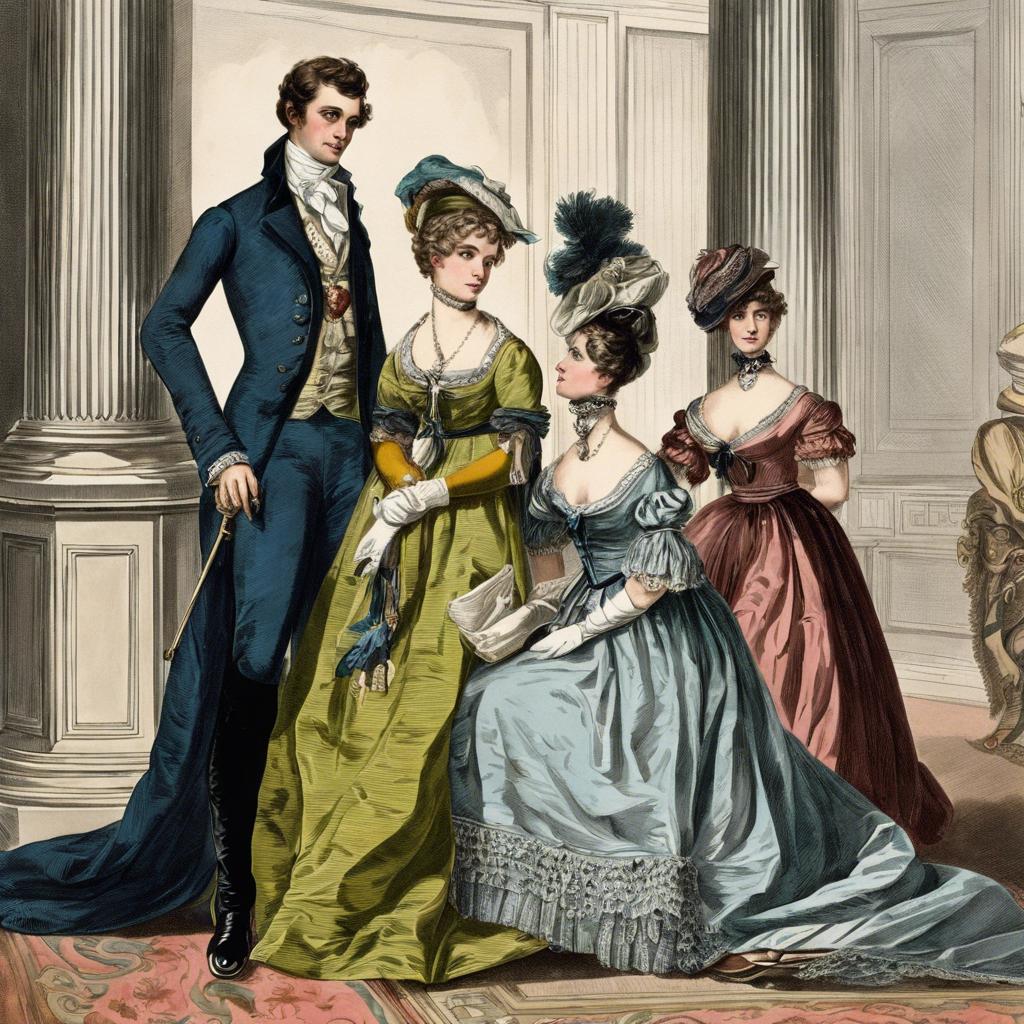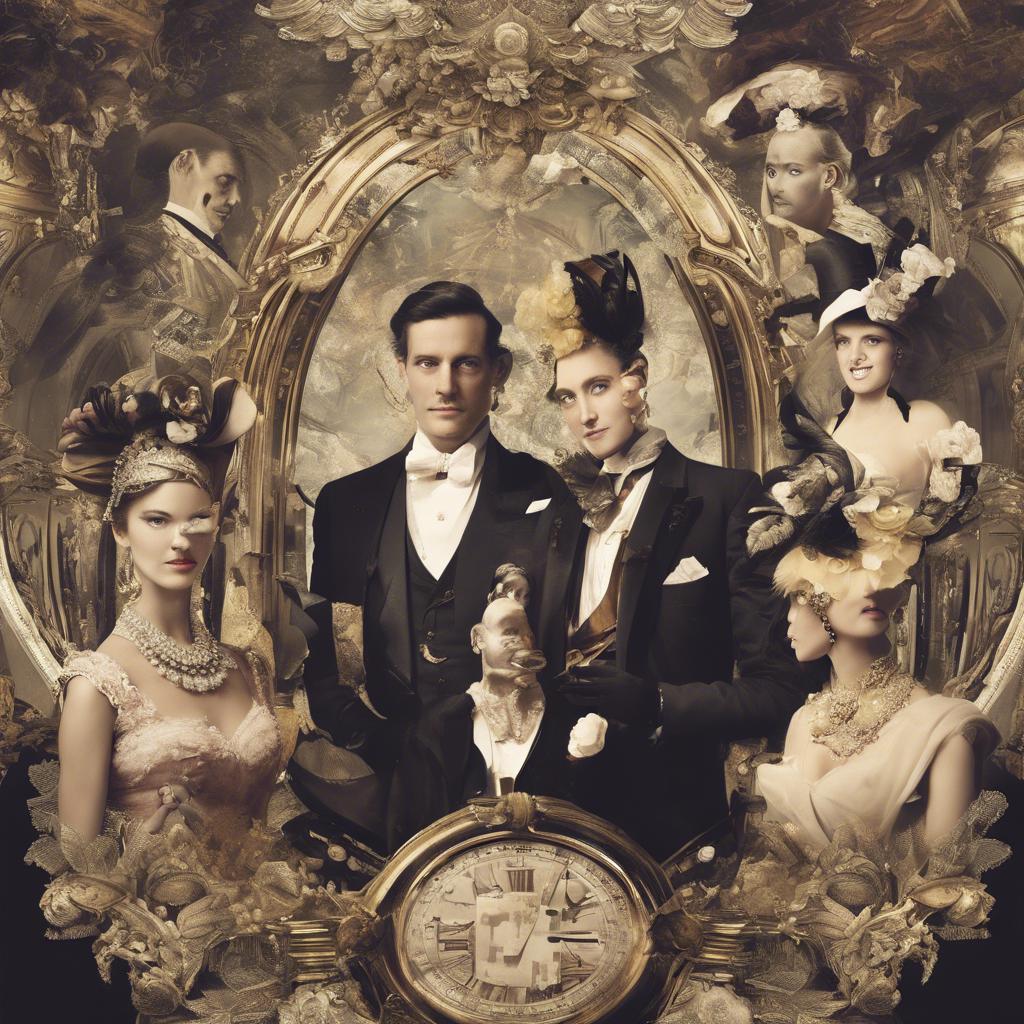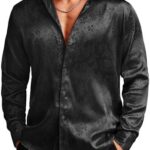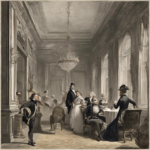In the early nineteenth century, the Regency era marked a significant period of social and cultural transformation in England. As high society became a spectacle of opulence and refinement, the aristocracy and elite engaged in a whirlwind of extravagant balls, lavish dinners, and intricate social etiquette. In this article, we delve into the world of Regency era high society, exploring the customs, fashion, and social hierarchy that defined this glamorous and sophisticated era. Join us as we uncover the intricate tapestry of Regency society and the lives of those who inhabited its lofty heights.
Step Into the World of Cheryl Bolen
Dive into the enchanting stories of love, intrigue, and elegance set in the Regency Era. Cheryl Bolen's novels offer timeless romance and captivating tales that will leave you wanting more.
Explore Cheryl Bolen's Books Now
Heading 1: The Aristocratic Fashion of Regency Era High Society
The aristocratic fashion of Regency era high society was characterized by elegance, refinement, and attention to detail. Women of this era wore delicate empire-waist dresses made of fine fabrics such as silk, muslin, and satin. These dresses featured high neckline, puffed sleeves, and intricate embroidery or lace trimmings. Accessories like gloves, fans, and parasols were essential to complete the look.
Men in Regency high society also adhered to strict fashion rules. They wore tailored coats with tails, waistcoats, and trousers, often made of wool or velvet. Cravats were worn around the neck, and top hats were a common sight. The overall silhouette was slim and tailored, reflecting the emphasis on a refined and polished appearance.
Hairstyles for both men and women in Regency era high society were elaborate and styled with care. Women wore their hair in intricate updos adorned with ribbons, feathers, or flowers. Men styled their hair in short, neat cuts and often sported sideburns or facial hair. Personal grooming was a priority for both genders, further emphasizing the importance of appearance in high society.
Heading 2: The Extravagant Social Events and Etiquette of Regency Elite
In the Regency era, the elite society was known for hosting extravagant social events that were the talk of the town for weeks to come. These gatherings were not just about mingling and socializing; they were carefully planned affairs that required meticulous attention to detail. From grand balls to intimate dinner parties, the Regency elite spared no expense when it came to entertaining their guests.
Etiquette played a crucial role in these social events, with strict rules governing every aspect of behavior. Proper manners and decorum were expected at all times, from the way one addressed others to the way one danced at a ball. The elite prided themselves on their refinement and sophistication, and any breach of etiquette was met with raised eyebrows and whispered gossip.
Guest lists for these events were carefully curated, with only the most elite members of society receiving coveted invitations. Those lucky enough to attend were expected to dress in the height of fashion, with lavish gowns and tailored suits making a statement about their social status. The elite of the Regency era understood the importance of appearances, and their social events were a reflection of their wealth and taste.
Heading 3: Intrigues, Scandals, and Politics in the Upper Circles of Regency Society
There is no shortage of intrigues, scandals, and political maneuverings in the upper echelons of Regency society. The social circles of the regency era were rife with gossip, backstabbing, and power struggles among the elite. From secret affairs to political betrayals, the drama in high society was never-ending.
Members of the upper class were constantly vying for power and influence, often resorting to underhanded tactics to achieve their goals. Whether it was spreading rumors to tarnish a rival’s reputation or forming alliances to strengthen their own position, these individuals stopped at nothing to secure their place in society.
The intricate web of relationships and alliances in Regency high society often led to unexpected twists and turns. One day, a close confidante could turn into a bitter enemy, while a long-standing rival could suddenly become a powerful ally. Navigating the treacherous waters of Regency society required wit, cunning, and a keen understanding of the complex dynamics at play.
Heading 4: Navigating the World of Regency High Society: Tips for Modern Readers
In the world of Regency high society, social norms and etiquette play a crucial role in determining one’s status and reputation. For modern readers delving into the intricate and often perplexing customs of this era, it is essential to have a guide to navigate through the complexities of Regency society.
Understanding the Social Hierarchy: Familiarize yourself with the strict social hierarchy of Regency England. From the aristocracy to the working class, each stratum has its own set of rules and expectations. Knowing where you stand in this hierarchy is essential for proper social interactions.
Dress to Impress: Fashion was a significant aspect of Regency high society, with elaborate ball gowns, tailcoats, and accessories being the norm for formal events. To blend in with the elite, pay attention to the intricate details of Regency fashion and strive to emulate the elegant style of the era.
To Conclude
the Regency era was a time of opulence, refinement, and excess in high society. From lavish balls and extravagant parties to intricate social hierarchies and strict etiquette, the elite of this era lived in a world of privilege and prestige. While the Regency era may have come to an end, its legacy continues to captivate us with its tales of romance, scandal, and aristocratic charm. As we look back on this fascinating period in history, we are reminded of the power and influence that high society wielded and the enduring allure of the Regency era.


